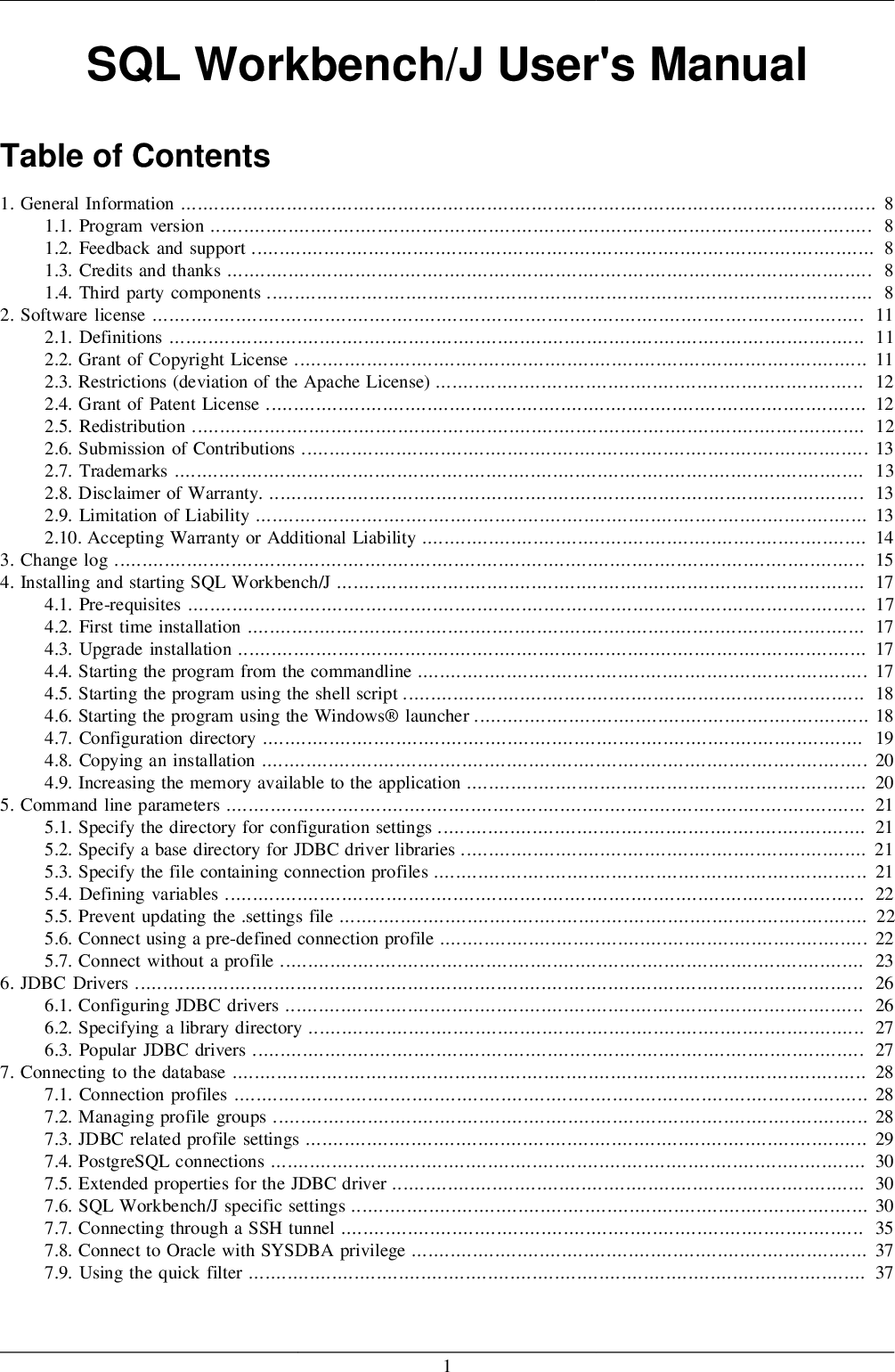


Nearly seven miles of water was pressing on the titanium sphere.

#Who owns explorers 1985 series
(Their cells collapse at greater depths.) After thirty-five thousand feet, he began releasing a series of weights, to slow his descent. Past twenty-seven thousand feet, the pilot had gone beyond the theoretical limit for any kind of fish. It is made up of trenches-geological scars at the edges of the earth’s tectonic plates-and although it composes only a tiny fraction of the ocean floor, it accounts for nearly fifty per cent of the depth.
#Who owns explorers 1985 free
The abyssal zone, which extends to twenty thousand feet, encompasses ninety-seven per cent of the ocean floor.Īfter two hours in free fall, the pilot entered the hadal zone, named for the Greek god of the underworld. Animals feed on “marine snow”: scraps of dead fish and plants from the upper layers, falling gently through the water column. The temperature is always a few degrees above freezing, and is unaffected by the weather at the surface. Conditions in the midnight zone favor fish with slow metabolic rates, weak muscles, and slimy, gelatinous bodies.Īn hour into the descent, the pilot reached ten thousand feet-the beginning of the abyssal zone. Some fish in these depths have no eyes-what use are they? There is little to eat. The only light is the dim glow of bioluminescence-from electric jellies, camouflaged shrimp, and toothy predators with natural lanterns to attract unwitting prey. Twenty minutes into the dive, the pilot reached the midnight zone, where dark waters turn black. The submersible dropped at a rate of about two and a half feet per second. The feat required a lifetime of training, four years of planning, a team of support divers, an array of specialized air tanks, and a tedious, thirteen-hour ascent, with constant decompression stops, so that his blood would not be poisoned and his lungs would not explode. An Egyptian diver once descended to the limits of this layer. It contains the entire ecosystem of marine plants, as well as the mammals and the fish that eat them. This is the epipelagic zone, the layer of plankton, kelp, and reefs. Sunlight cuts through the first thousand feet of water. It would take nearly four hours to reach the bottom. He gazed out of one of the viewports, into the blue. Under the passenger seat was a tuna-fish sandwich, the pilot’s lunch. This was the pressure hull-a titanium sphere, five feet in diameter, which was sealed off from the rest of the submersible and housed the pilot and all his controls. It was the shape of a bulging briefcase, with a protruding bulb at the bottom. Most submarines go down several hundred metres, then across this one was designed to sink like a stone. The surface frothed as the water poured in-then silence, as the top of the submersible dipped below the waterline, and the ocean absorbed it.

Electric pumps sucked seawater into an empty chamber, weighing the vessel down. Then he flipped a switch, and the submarine emitted a frantic, high-pitched whirr. For a moment, it bobbed quietly on the surface, its buoyancy calibrated to the weight of the pilot, its only occupant. A crane lowered a small white submersible off the back of a ship and plonked it in the water. The deeper you go, the darker, the more hostile, the less familiar, the less measured, the less known.Ī splash in the South Pacific, last June, marked a historic breach of that world. Below it, the world of water, depth, and pressure. Above it, the world of land, air, sunlight, and lungs. Every known life-form exists in relation to this layer. There is a micromillimetre on the surface of the ocean that moves between sea and sky and is simultaneously both and neither.


 0 kommentar(er)
0 kommentar(er)
